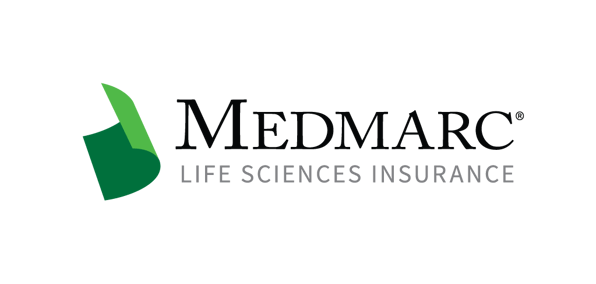Evolving Labels and Warnings for AI-Enabled Devices: Managing Risks
When FDA finalized its guidance on Predetermined Change Control Plans (PCCPs) and, shortly after, joined Health Canada and the UK’s Medicines and Healthcare products Regulatory Agency (MHRA) in releasing international guiding principles, it gave manufacturers of AI-enabled devices a workable regulatory framework. But alongside the regulatory benefits, the new framework brings with it very real products liability implications. The core issue is simple: if the device that was originally authorized is not the same device that patients use months or years later due to the software’s ability to learn or evolve, how do you ensure that users are kept informed of new or shifting risks? And how do you defend yourself if a hazard introduced through an algorithmic update leads to patient harm?
Why Labeling and Warnings Matter More Than Ever
Traditionally, device labeling and warnings are relatively stable documents. They describe risks that were known at the time of approval and typically change only through supplemental submissions or periodic updates. With PCCPs, however, the risk landscape is dynamic. Modifications may alter device performance or change its output. That means your labeling cannot remain static, rather it must evolve in tandem with the product.
The August 2025 joint statement from FDA, Health Canada, and MHRA underscored five principles for PCCPs: focused, risk-based, evidence-based, transparent, and lifecycle-oriented. Each of these has direct implications for labeling. A focused PCCP, for example, should identify the precise modifications that may trigger new warnings. A risk-based PCCP demands that companies analyze how those modifications might affect patient safety and adjust instructions accordingly. And the principle of transparency points directly to the need for clear, updated communications with end users.
The Exposures Manufacturers Face
If a manufacturer allows a device to evolve without updating its warnings, several exposures emerge:
- Failure-to-warn claims: Plaintiffs may argue that the company knew or should have known that an update created new risks but failed to disclose them.
- Misrepresentation claims: Outdated instructions or promotional materials may be alleged to have misled healthcare providers or patients about the device’s actual performance.
- Negligence in risk management: Courts may scrutinize whether the company maintained appropriate processes for monitoring updates and communicating risks to regulators and users.
Practical Steps to Evolve Your Labels and Warnings
While there is no one-size-fits-all approach, several practical steps can help manufacturers manage these exposures:
- Integrate labeling into your PCCP from the start. As you describe modifications and impact assessments, include an explicit plan for when and how labeling will be updated.
- Use a layered communication strategy. Critical warnings should be placed directly in device interfaces where clinicians or patients encounter them, not buried in lengthy manuals.
- Establish a continuous monitoring process. Ongoing data collection and post-market surveillance should feed directly into risk assessments and trigger labeling revisions where needed.
- Prioritize clarity over technical jargon. Both regulators and courts will look at whether end users could reasonably understand the risks disclosed.
- Coordinate with regulators early and often. FDA’s final guidance explicitly encourages early interaction, and the joint August 2025 principles stress transparency. Use those touchpoints to confirm that your labeling strategy is aligned with expectations.
- Document everything. Maintain a clear audit trail of your decisions about risk assessments, labeling changes, and communications. This will be vital in both regulatory inspections and litigation.
PCCPs offer manufacturers a pathway to keep AI-enabled devices current while staying within regulatory guardrails. But they also raise the stakes for labeling and warnings, which must now be treated as living documents rather than static artifacts. The companies that succeed will be those that build robust, transparent processes for keeping users informed of evolving hazards and that recognize labeling as both a regulatory requirement and a legal shield.
In short, PCCPs transform labeling and warnings from static artifacts into dynamic risk-management tools. Those who embrace labeling as a living document will not only align with FDA, Health Canada, and MHRA’s principles but also strengthen their legal defenses, while those who fail to adapt may find themselves vulnerable to failure-to-warn claims, misrepresentation suits, and negligence allegations.
For additional resources contact the Marketing department
Phone: 888-633-6272
Medmarc is a member of ProAssurance Group, a family of specialty liability insurance companies. The product material is for informational purposes only. In the event any of the information presented conflicts with the terms and conditions of any policy of insurance offered from ProAssurance, its subsidiaries, and its affiliates, the terms and conditions of the actual policy will apply.
Copyright © 2025 - Medmarc
